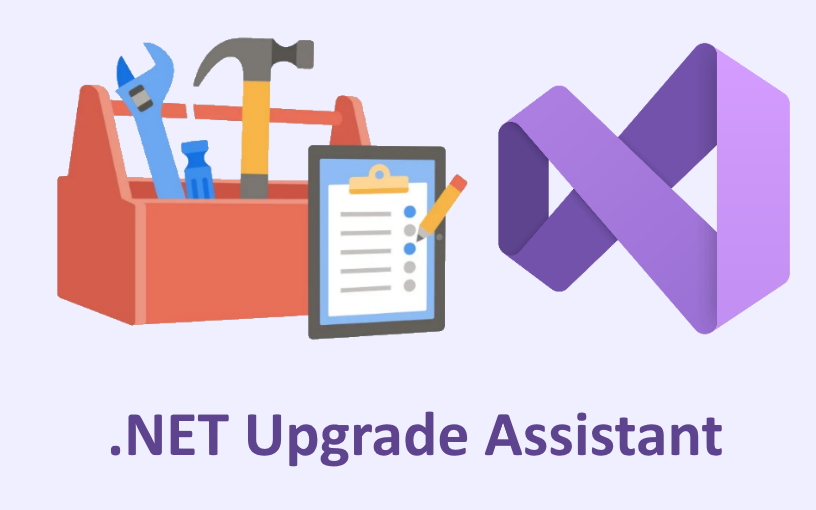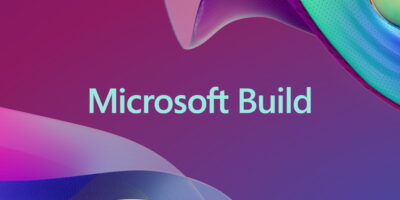
For applications developed for .NET Framework or .NET Core, now is a good time to upgrade to the LTS version .NET 6 (LTS = Long Term Support) or to .NET 7. Both offer better performance as well Access to the latest features and capabilities.
Upgrading an application, especially the .NET Framework, has traditionally been a complicated process. Microsoft has constantly developed prototypes in this area with the aim of simplifying upgrades, for example the Upgrade Assistant CLI tool or Microsoft Project Migrations.
Thanks to the Visual Studio extension Upgrade Assistant, according to Microsoft, this now works with a mouse click: After installing the extension, simply right-click on the project in the solution explorer and select “Upgrade”. The upgrade wizard takes care of the mechanics, but depending on what framework and project type you’re upgrading from, you should do some manual post-processing. Olia Gavrysh, Program Manager in Microsoft’s .NET team, provides details on this in this blog post.
In the current version, the tool should support the following project types: ASP.NET, class libraries, console, WPF, WinForms. Coming soon are the following workloads: Xamarin to .NET MAUI migration, UWP to WinUI migration, WCF to WCF Core migration.






